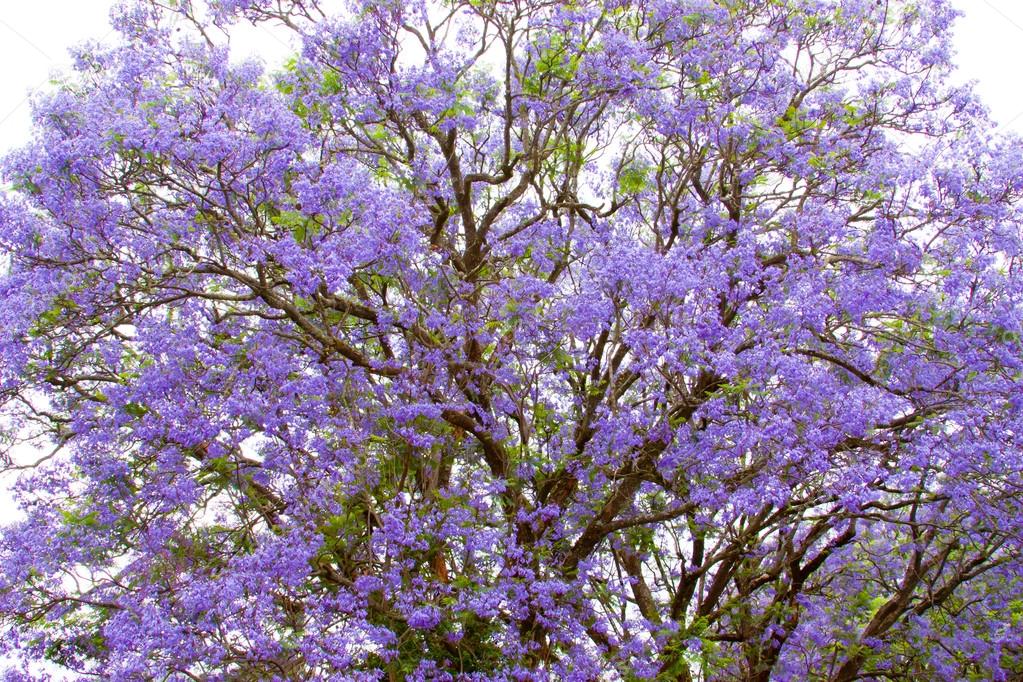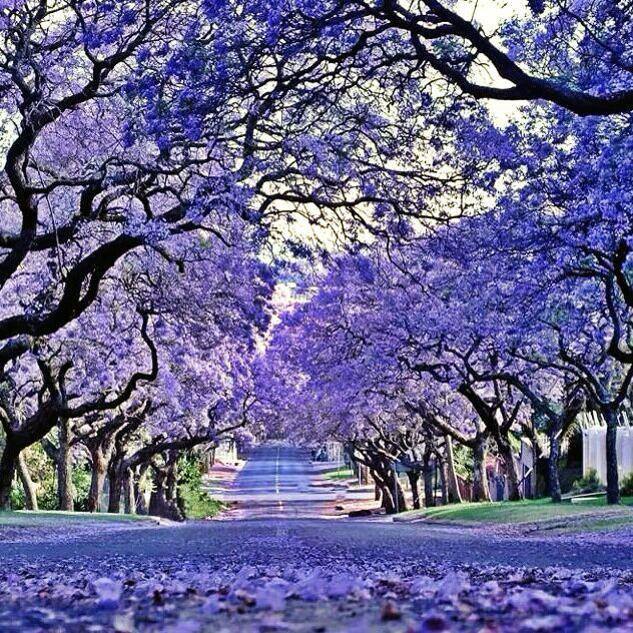
Temperature It can tolerate occasional cold weather days (as low as 20 degrees Fahrenheit), but generally, it does not thrive in climates with frequent freezing temperatures.
#Violet tree jacaranda full
Sun Full sun Soil Preference Sandy well-drained soil with neutral to acidic pH. Water Water when the top three to four inches of soil feels dry to the touch. They live for five decades, but some can even live for up to two centuries.

Lifespan Typically, most types of jacaranda trees have a long lifespan. Scientific name Jacaranda Mimosifoila Common name Black poui, blue jacaranda Hardiness Zone 10 and 11 (USDA) Family Bignoniaceae Native South America Bloom Time Spring, summer Bloom Color Purple, blue-purple Height 25–50 ft. Let us get started and address different kinds of Jacaranda trees. However, in warmer regions, they may flower at different intervals. Only the mature trees, eight years or older, flower and bloom from late spring to early summer. They might be deciduous or semi-evergreen, depending on their geography. The jacaranda tree grows best between fall and early spring. So, if you plant it away from its native tropical environment, the growth rate might slow to moderate. However, the growth rate may vary between the various jacaranda types. Their geography also plays a role in it.

It grows almost ten feet per year in the initial years. Native to Central and South America and equally popular in California and Florida, the Jacaranda tree is a fast-growing, typically in the tropical environment. Given its spreading stature, Jacaranda makes for a beautiful shade or street tree, prominent in gardens, parks, and roadside.

But, the name Jacardana is also applicable to several plants from the Pea family’s Machaerium genus, via which you acquire the commercial rosewoods. The genus Jacaranda comprises around forty-nine different types of jacaranda trees’ species. The most popular ones include Jacaranda Mimosifolia blue jacaranda and Jacaranda Mimosifolia Alba. Its remarkable fern-like green colored leaves grow up to twenty-inches long. It is an ornamental tropical tree with arched branches that form a canopy that looks like an inverted umbrella. It yields scented purple flowers in bundles that are panicle-shaped.


 0 kommentar(er)
0 kommentar(er)
